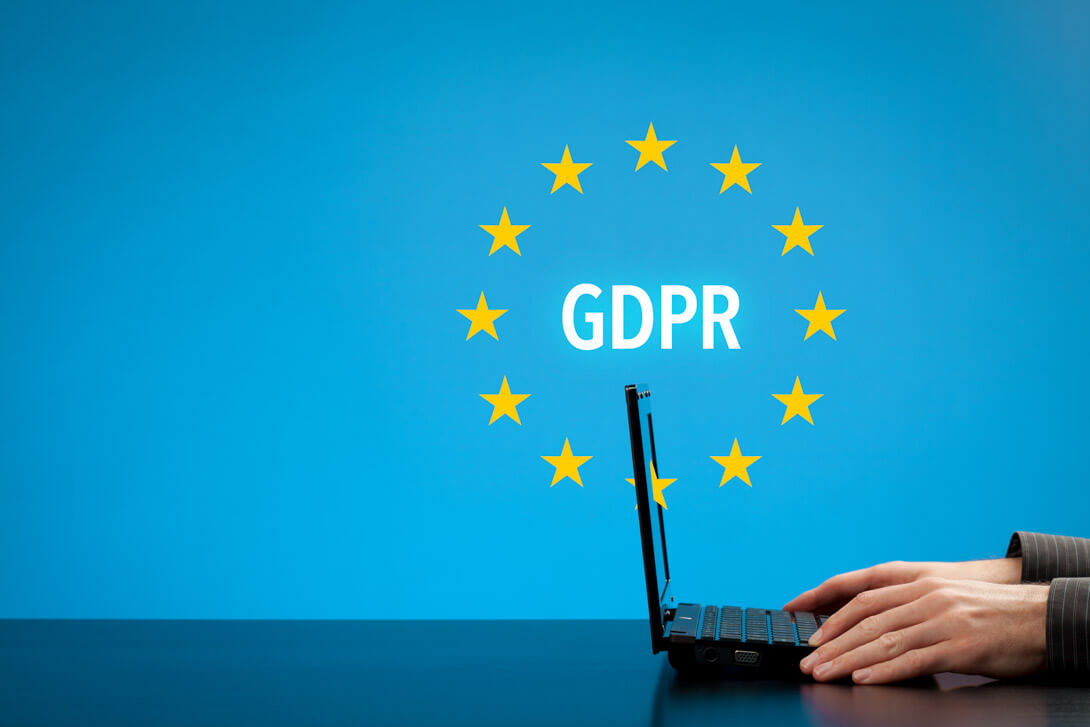It is a big responsibility for controllers as well as processors to accurately place EU GDPR in the business. The GDPR Compliance policy should include concerns associated with document storage, giving details to the data subjects and establishing accountability. This post is going to assist IT business readers with procedure to enforce EU General Data Protection Regulation in a correct manner. It will enable the GDPR policy to work in the way as it should do for protecting customer records in the enterprise.
Role of Controllers And Processors While Applying GDPR
The core role of the controllers is to draw their attention inside and check that appended GDPR compliance procedure and policies are in their exact place. After this, they have to move their attention towards the outsiders that include analyzing of relationship with processors. These evaluation activities will help in ensuring that sufficient contractual controls are on their place in between the controller and each processor. Also, at the time of outside evaluation, the controllers need to consider transparent data or privacy rules being designed at information subjects.
The processors role is equally important to check the enforced GDPR compliance policy. They need to address the contractual relations with their customers (i.e., controllers). A processor should support the controller’s GDPR compliance and accordingly, put records on the place to prevent data breaches. Processors need to maintain data security standards and information protection impact assessments. It might be possible that each processor caught by the GDPR is a controller in its own way in terms of relation with data. Here, the data is the one that keeps personal details of its employees in the European Union. Well, the processing of personal data on the processor end is not the part of instructions for controllers.
GDPR Compliance Policy Checklist
Create a list at the time of applying GDPR compliance policy and procedures. Ensure that following things are included in the list:
- Handbook of data subject rights: right of data profiling – portability – erasure
- Compliance training, data retention, and data destruction policy
- Supplier or processor required for diligence procedure
- Data protection policy and internal privacy rule
- Privacy rule for external websites
- Internet and email policy rules
- Social Media, CCTV, and BYOD policy
- Workplace monitoring policy rule
- Data breach and incident response policy
- Default or design data privacy policy
- Controller to processor standard terms
- Policy of legitimate interest assessment
- Request for the subject accessing policy
- International solutions of data transferring
- Audit the templates of processing activities
- Appointment with data protection officers
- Cookie Statements
Processors and controllers caught by GDPR try to render a plain and intelligible transparent information rules to their executives. For this, they need to consider that how encapsulation can be performed in a plain and an intelligible language. At least, sufficient amount of information is mandatory for GDPR compliance policy like:
- Complete details of the processor / controller / representative
- Description of following things:
- Data subjects categories
- Personal data categories
- The aim of processing operations
- Organization security measures
- Technical data prevention measures
- (Optional) Data protection officer details
- Information regarding appropriate safety measures and international data transfers
Apart from all these GDPR compliance policy checklists, it is important to be aware from the fact that ‘how information will get appear on particular device with applications when it is being accessed’. It might be no more possible to view long legalistic terms and in place of it, layered privacy notices are used. These notices display only the important information, which is appended at the beginning time of establishing relationship. Interested users can view detailed information by clicking on “see more” in the terms page of key information statements.
Where to Apply EU GDPR Compliance Policy?
It is essential to consider icons and languages where GDPR rules are focused on children, or parental consent is not directly demanded. Controllers and processors should have them in place ability of technical as well as organizational security. It is required to track the touch points of customers and hence, seeing the activities carried away with the records. This is made compulsory because citizens have enhanced their rights under GDPR compliance like right of erasure in relation with specific personal details or the right to view certain processing.
Controllers need to maintain legacy in personal data to demonstrate the power of holding rights of data subject. This can consider as a manageable or significant task because it is completely dependent upon the earlier record of data management quality. In today’s current scenario, machines need to give assurance to the individuals that permissions will be taken from data subjects to forward any information.
Conclusion
In order to enforce GDPR compliance policy, monitoring and roll-out of adherence to such procedures and policies, and training in same respect is critical. When all things are up-to-date, records are kept on their primary places, and procedures and policies are developed, nothing can lead to data breach. After all, not even a single point is left, which allow intruders to perform cybercrime within a Cyber protected organization.

